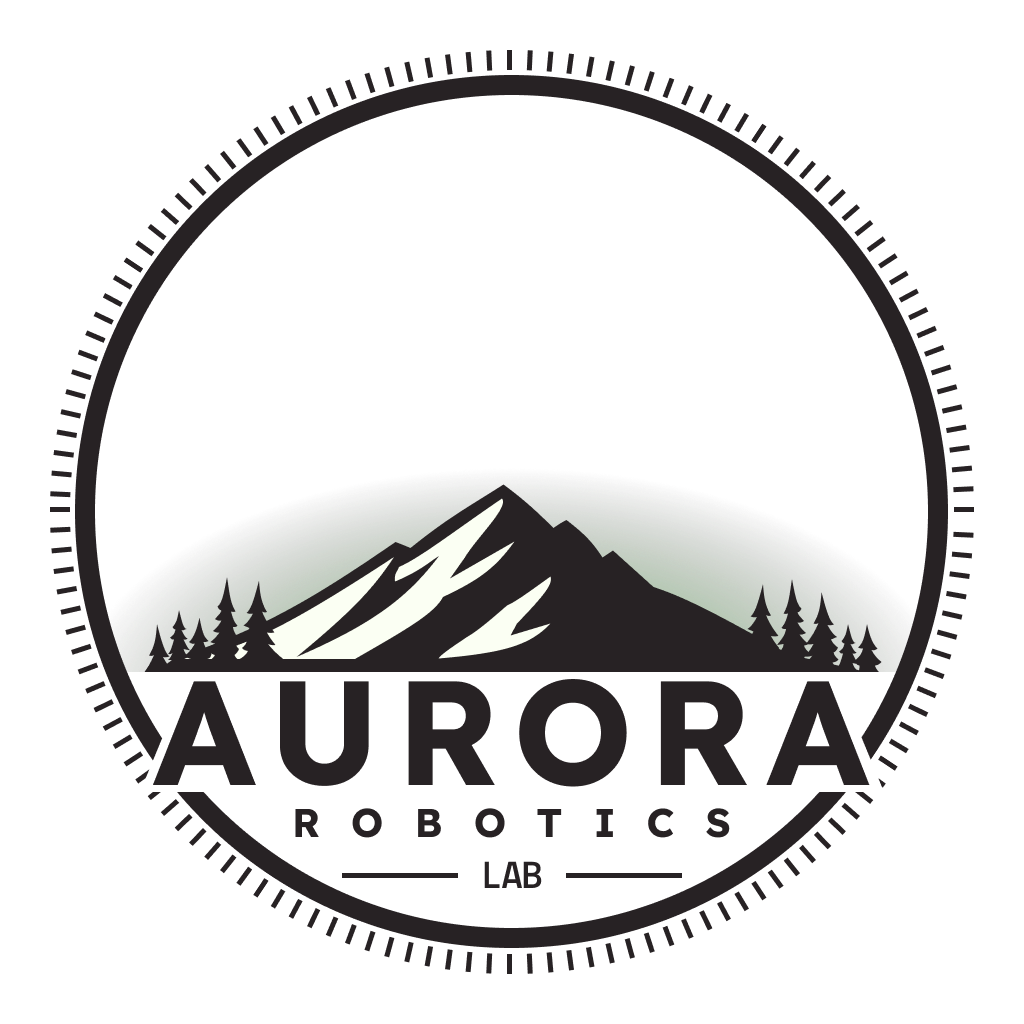Project Archives: Difference between revisions
Acmattson3 (talk | contribs) Created page with "<h1>Project Archives</h1> <h2>2023: NASA Break The Ice Lunar Permafrost Mining Challenge, Phase 2</h2> <p>Developed a 60 kg mining robot capable of excavating and transporting over 250 kg of lunar permafrost simulant. This robot was tested during a 15-day durability demonstration. Currently focusing on automating the prototype for robust lunar mining operations. [https://breaktheicechallenge.com/ NASA Break The Ice Challenge]</p> <h2>2021: NASA Break The Ice Lunar Perm..." |
Acmattson3 (talk | contribs) No edit summary |
||
| (4 intermediate revisions by the same user not shown) | |||
| Line 1: | Line 1: | ||
<h1>Project Archives</h1> | <h1>Project Archives</h1> | ||
== 2024-2025: [[NASA X-Hab 2025: Modular Robotic Construction]] == | |||
A modular robotic construction project for NASA's [https://www.nasa.gov/exploration-habitat-x-hab-challenge/ eXploration Habitat (X-Hab) Academic Innovation Challenge] where we worked with NASA experts to design a hangar-like structure built from modular "L-Truss" segments. We successfully load tested a scale version and completed to-scale partial robotic assembly.<h2>2021-2023: [https://breaktheicechallenge.com/ NASA Break The Ice Lunar Permafrost Mining Challenge], Phases 1 and 2</h2> | |||
=== Phase 1 === | |||
<p>Designed a robot to mine lunar permafrost from permanently shadowed craters and haul water to a habitat. Won a $25,000 prize for the Phase 1 proposal, funding subsequent development. [https://www.uaf.edu/news/uaf-team-wins-25000-dollar-prize-in-nasa-challenge.php UAF Team Wins Prize]</p> | <p>Designed a robot to mine lunar permafrost from permanently shadowed craters and haul water to a habitat. Won a $25,000 prize for the Phase 1 proposal, funding subsequent development. [https://www.uaf.edu/news/uaf-team-wins-25000-dollar-prize-in-nasa-challenge.php UAF Team Wins Prize]</p> | ||
<h2>2019: Caterpillar Robotic Mining Competition</h2> | === Phase 2 === | ||
Developed a 60 kg mining robot ([[Excahauler]]) capable of excavating and transporting over 250 kg of lunar permafrost simulant. This robot was tested during a 15-day durability demonstration ([https://www.youtube.com/watch?v=pq0jfVteUY0&ab_channel=OrionLawlor footage of our test]). Currently focusing on automating the prototype for robust lunar mining operations.<h2>2019: Caterpillar Robotic Mining Competition</h2> | |||
<p>Constructed a robot to excavate "icy regolith" beneath 30 cm of packed dust. Awarded the "Lightest Robot" despite using a steel frame, thanks to careful finite element analysis. Gained experience with TIG welding for both the frame and mining buckets. [https://auroraroboticslab.com/ More details]</p> | <p>Constructed a robot to excavate "icy regolith" beneath 30 cm of packed dust. Awarded the "Lightest Robot" despite using a steel frame, thanks to careful finite element analysis. Gained experience with TIG welding for both the frame and mining buckets. [https://auroraroboticslab.com/ More details]</p> | ||
| Line 15: | Line 16: | ||
<h2>2014: NASA Robotic Mining Competition</h2> | <h2>2014: NASA Robotic Mining Competition</h2> | ||
<p>Designed a robot for excavating a thin layer of lunar regolith simulant. Won the "Judges' Innovation Award" for an unfolding wheel design and a computer vision-based localization approach. Invited to the PISCES robotics competition in Hawaii. [https://spacegrant.org/ NASA Space Grant]</p> | <p>Designed a robot for excavating a thin layer of lunar regolith simulant. Won the "Judges' Innovation Award" for an unfolding wheel design and a computer vision-based localization approach. Invited to the PISCES robotics competition in Hawaii. [https://spacegrant.org/ NASA Space Grant]</p> | ||
Latest revision as of 12:31, 4 July 2025
Project Archives
A modular robotic construction project for NASA's eXploration Habitat (X-Hab) Academic Innovation Challenge where we worked with NASA experts to design a hangar-like structure built from modular "L-Truss" segments. We successfully load tested a scale version and completed to-scale partial robotic assembly.
2021-2023: NASA Break The Ice Lunar Permafrost Mining Challenge, Phases 1 and 2
Phase 1
Designed a robot to mine lunar permafrost from permanently shadowed craters and haul water to a habitat. Won a $25,000 prize for the Phase 1 proposal, funding subsequent development. UAF Team Wins Prize
Phase 2
Developed a 60 kg mining robot (Excahauler) capable of excavating and transporting over 250 kg of lunar permafrost simulant. This robot was tested during a 15-day durability demonstration (footage of our test). Currently focusing on automating the prototype for robust lunar mining operations.
2019: Caterpillar Robotic Mining Competition
Constructed a robot to excavate "icy regolith" beneath 30 cm of packed dust. Awarded the "Lightest Robot" despite using a steel frame, thanks to careful finite element analysis. Gained experience with TIG welding for both the frame and mining buckets. More details
2016: NASA Robotic Mining Competition
Developed a new approach for lightweight, 3D-printed tracks used to excavate fluffy basalt dust lunar regolith simulant. The polypropylene straps were lightweight, impact-resistant, and durable. NASA Robotic Mining Competition
2014: NASA Robotic Mining Competition
Designed a robot for excavating a thin layer of lunar regolith simulant. Won the "Judges' Innovation Award" for an unfolding wheel design and a computer vision-based localization approach. Invited to the PISCES robotics competition in Hawaii. NASA Space Grant
